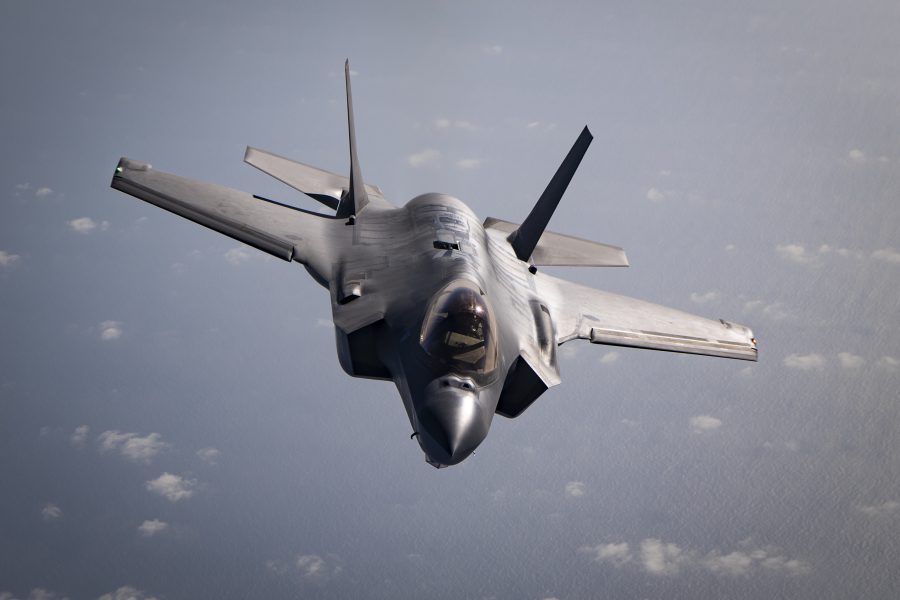The F-35A fleet is now the second-largest in the Air Force’s inventory, behind the F-16, surpassing F-15s and A-10s.
There are now 283 Joint Strike Fighters in the Air Force’s arsenal, compared to 281 A-10s, 234 F-15C/Ds, and 218 F-15Es. Air Force Chief of Staff Gen. Charles Q. Brown Jr. told the House Appropriations defense subcommittee on May 7 the F-35 reached the milestone within the last week.
The Air Force plans to buy 1,763 of the aircraft, and the numbers of jets have been growing at bases inside the continental United States and Alaska. Jets are expected to start arriving at the first USAF overseas base—RAF Lakenheath, United Kingdom—later this year.
Brown told lawmakers the service is still undertaking a study of tactical aviation requirements to determine the right mix of fifth-generation and legacy fighters.
“The intent here is to take a look at the fighter portfolio we do have today with the seven different fighter fleets and what is the best mission capability as we go to the future,” Brown said. “We need to have a range of fighters to do both the high end and low end.”
The F-35 is the service’s “highest-end” fighter, and since the service doesn’t have its full complement of the aircraft, it needs to balance how it is used.
“The intent here [is to] study a range of options of what the right mix should be as we look at the threat for the future. [That] is part of what that study is going to provide,” Brown said. “So it won’t be there to give us an answer—it will give us a range of answers to take a look at the threat to make sure we have done the analysis to inform ourselves but also to inform our key stakeholders.”
The F-35 has come under intense scrutiny from lawmakers recently. House Armed Services Committee Chairman Rep. Adam Smith (D-Washington) called the Joint Strike Fighter a “rathole” during a March virtual event with the Brookings Institution, suggestion DOD leaders should consider cutting the overall buy. For years Congress has bought more F-35s than the Defense Department requested in its budgets, causing HASC readiness subcommittee chair Rep. John Garamendi (D-California) to cite “enormous concern” about the F-35 fighter’s sustainment, saying Congress may cut back on purchases of the jet to let the sustainment enterprise catch up.
